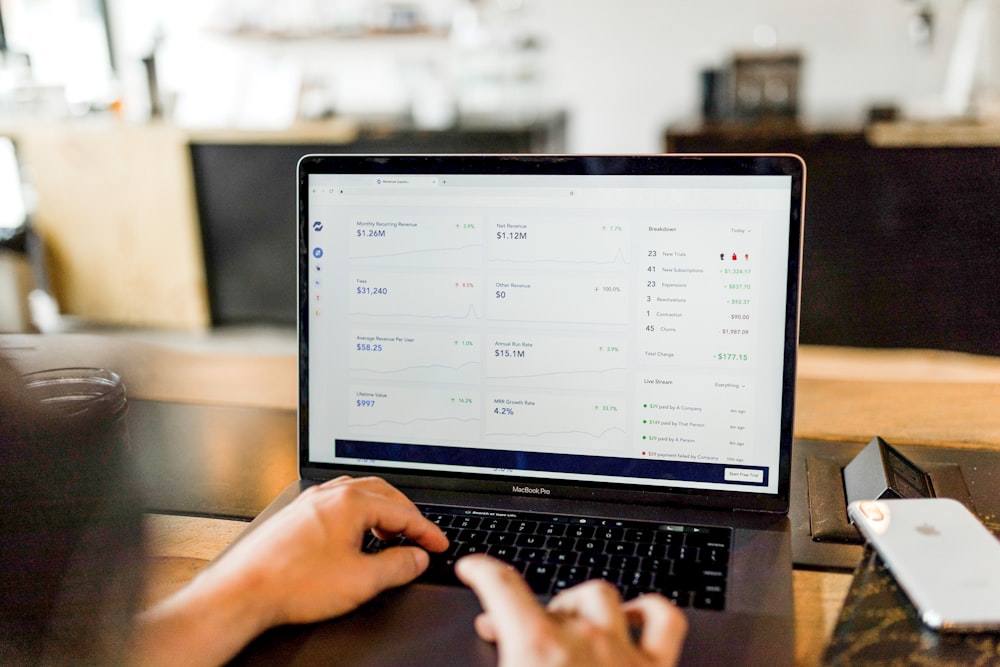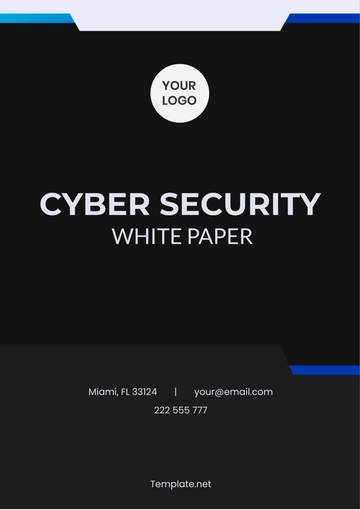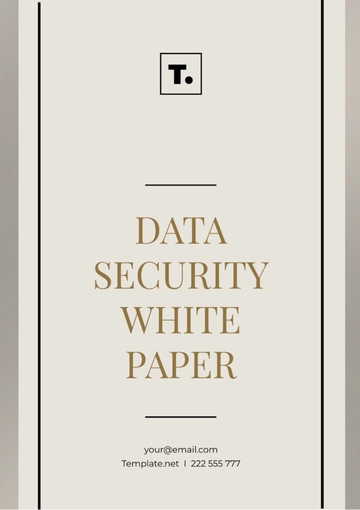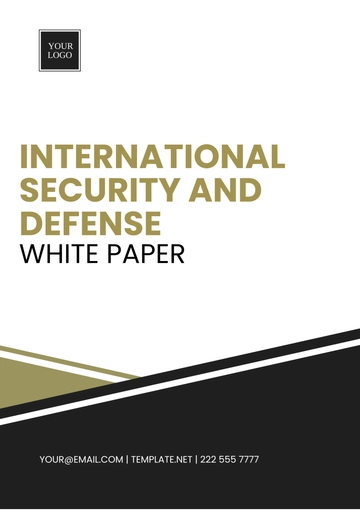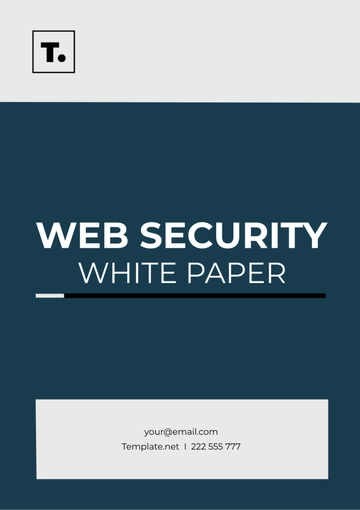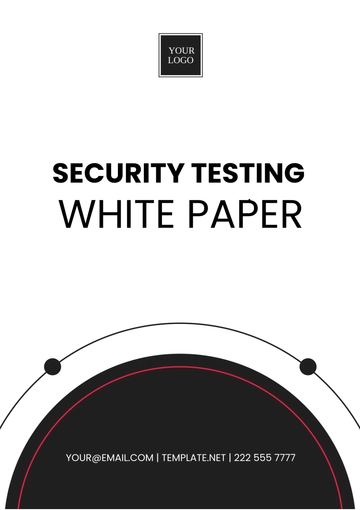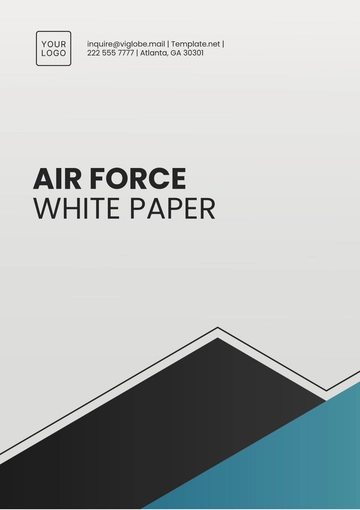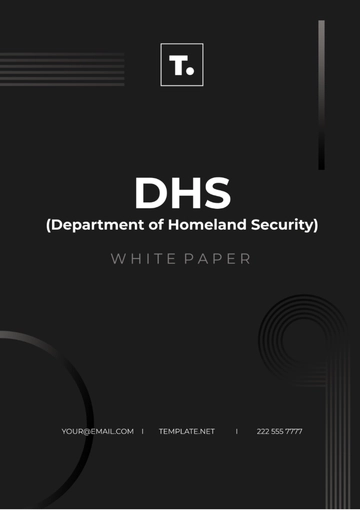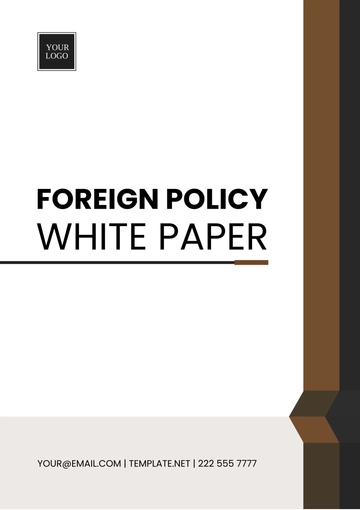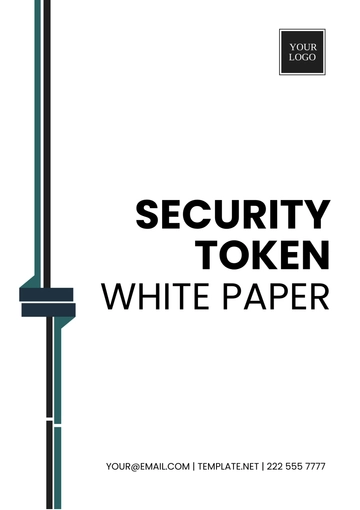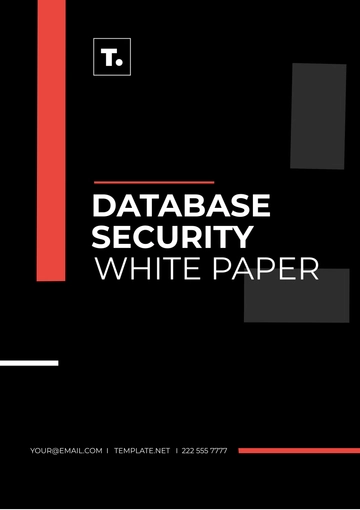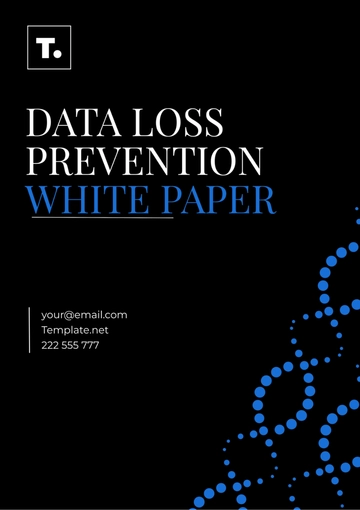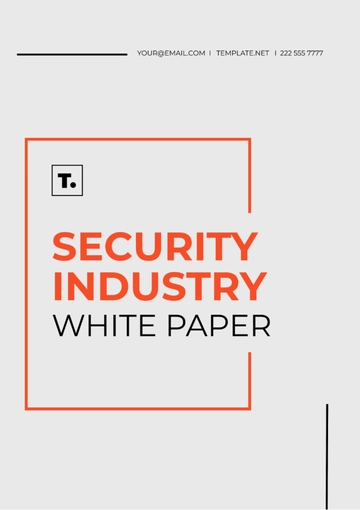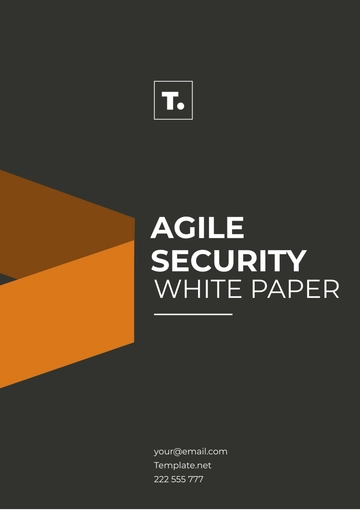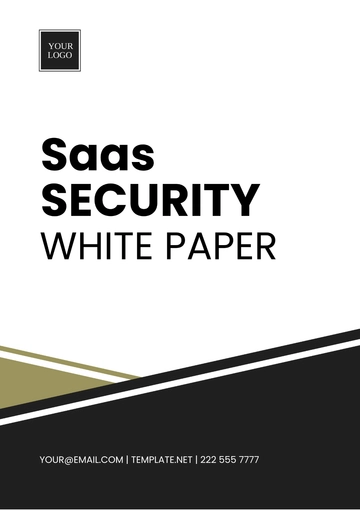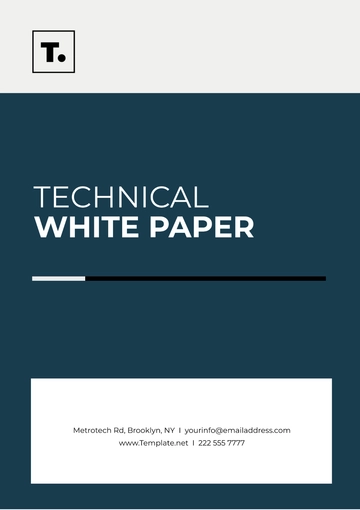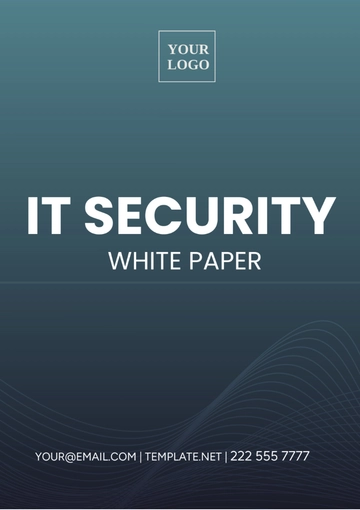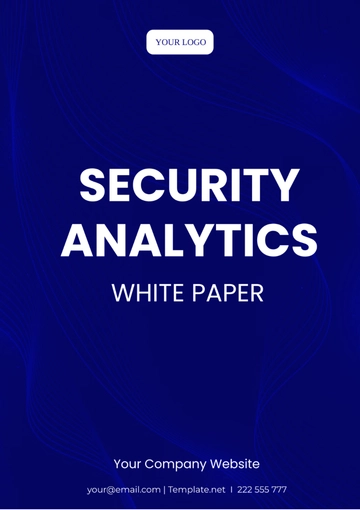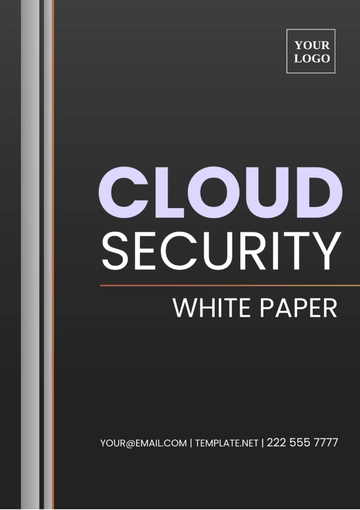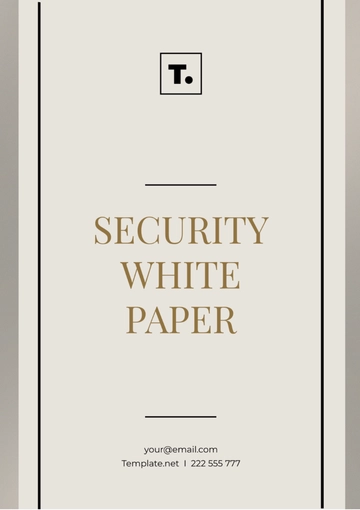Free SaaS Security White Paper
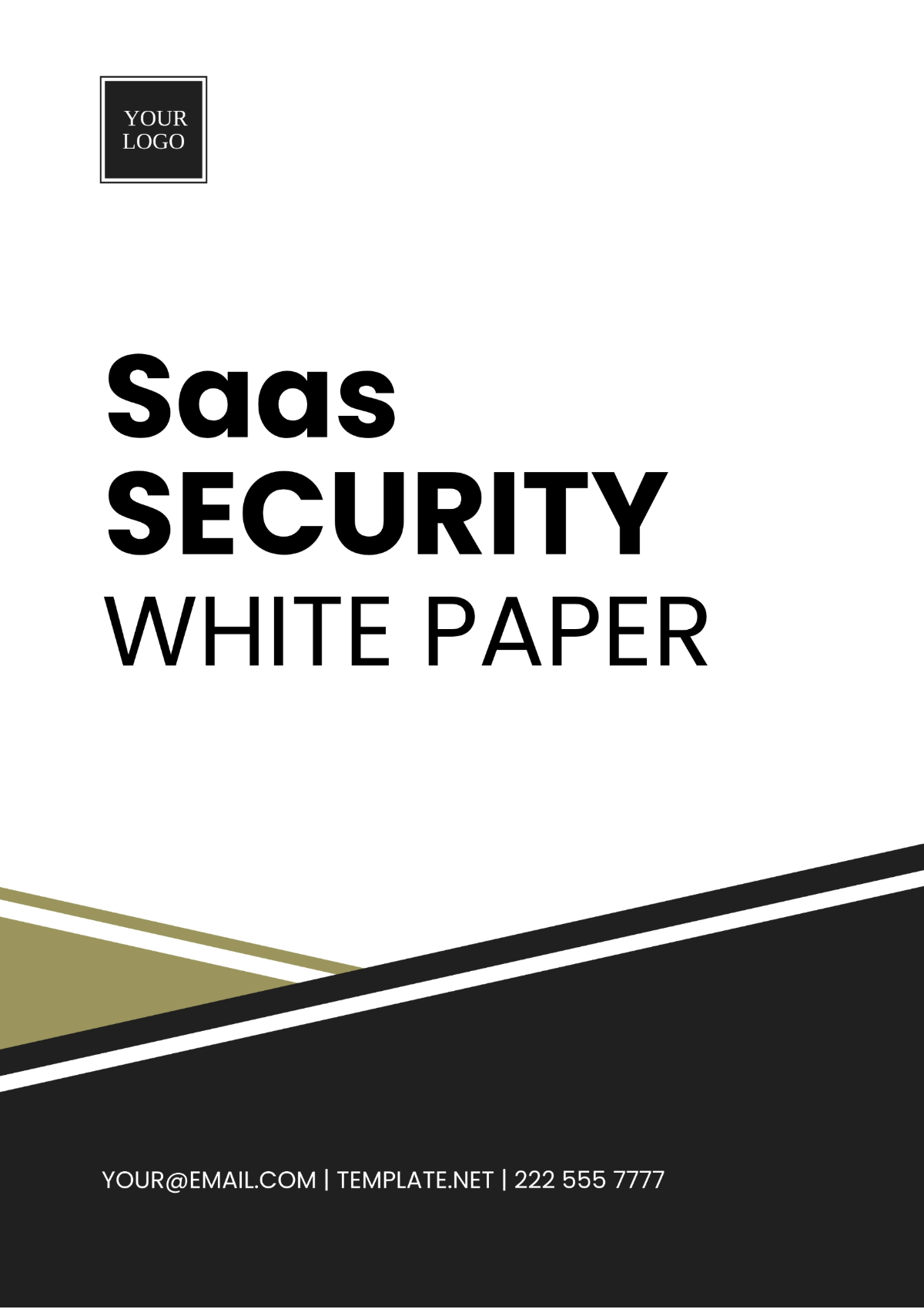
I. Executive Summary
In today's digital landscape, Software as a Service (SaaS) solutions are integral to business operations. However, ensuring the security of these platforms is paramount. This white paper offers a comprehensive analysis of SaaS security, covering key criteria for evaluation and practical steps for implementation. By following these insights, organizations can safeguard critical data and mitigate risks effectively.
II. Introduction
The utilization of Software as a Service (SaaS) solutions has become the norm for organizations seeking scalability, flexibility, and efficiency in their operations. However, with the proliferation of SaaS platforms comes the critical need to ensure robust security measures are in place to safeguard sensitive data and protect against potential threats. This white paper aims to delve deeper into the intricacies of SaaS security, providing organizations with a detailed analysis to assess the security posture of SaaS providers effectively.
“Businesses can’t afford to react to what their customers want; they need to anticipate their needs.” —Parker Harris
III. Understanding SaaS Security
A. Overview of SaaS Security
As organizations increasingly rely on SaaS applications for mission-critical tasks, understanding the fundamentals of SaaS security is imperative. This section provides an overview of SaaS security, highlighting its significance in today's business landscape and elucidating key components integral to ensuring a secure SaaS environment.
B. Common Threats and Vulnerabilities in SaaS Environments
In the ever-evolving threat landscape, SaaS applications are not immune to security risks. This subsection explores the prevalent threats and vulnerabilities encountered in SaaS environments, ranging from data breaches and unauthorized access to compliance-related challenges, shedding light on the multifaceted nature of SaaS security concerns.
Did you know? It’s estimated that by 2025, 85% of business apps will be SaaS-based.
IV. Criteria for Assessing SaaS Security
A. Security Standards and Certifications
To gauge the adequacy of a SaaS provider's security measures, adherence to industry standards and certifications is paramount. This section delves into the significance of compliance with established security frameworks such as ISO 27001 and SOC 2, emphasizing the importance of aligning with regulatory requirements to ensure robust SaaS security practices.
B. Data Protection Measures
Protecting sensitive data is a cornerstone of SaaS security. This subsection explores various data protection measures employed by SaaS providers, including encryption protocols, data backup strategies, and access control mechanisms, elucidating their role in safeguarding data integrity and confidentiality.
C. Infrastructure Security
Beyond software-level security, infrastructure security plays a pivotal role in fortifying SaaS environments against external threats. This section examines the importance of robust network security measures, physical security protocols, and comprehensive disaster recovery planning to mitigate risks and ensure business continuity.
“If you stay very focused on customers and customer success, people pay attention to that – and in turn, they also want that same type of success.” — Aneel Bhusri
V. Assessing SaaS Provider's Security Posture
A. Vendor Assessment Questionnaire
Conducting a thorough evaluation of a SaaS provider's security posture is essential before integration. This subsection outlines a comprehensive vendor assessment questionnaire, encompassing key areas such as security policies, incident response preparedness, and transparency in disclosing security practices, empowering organizations to make informed decisions when selecting SaaS partners.
B. Third-Party Security Audits
Engaging independent auditors to assess the security practices of SaaS providers adds an additional layer of assurance. Here, we discuss the benefits of third-party security audits, including the review of audit reports and certifications, to validate the effectiveness of a SaaS provider's security controls and identify areas for improvement.
Marketing and sales remain the highest expenses of SaaS companies, amounting to 50% or more of their revenues.
VI. Best Practices for SaaS Security Integration
A. Establishing Security Policies and Procedures
Proactive establishment of robust security policies and procedures is essential for mitigating security risks in SaaS environments. This subsection outlines best practices for developing role-based access control policies, implementing incident response plans, and conducting employee training and awareness programs to foster a culture of security awareness within organizations.
B. Continuous Monitoring and Evaluation
Safeguarding SaaS environments is an ongoing endeavor. By implementing continuous monitoring tools and conducting regular security audits and assessments, organizations can proactively identify and address emerging threats, ensuring the resilience and integrity of their SaaS deployments over time.
Caption: Venture capital in billions.
VII. Conclusion
As organizations navigate the complexities of SaaS adoption, prioritizing security is paramount to safeguarding critical assets and maintaining regulatory compliance. By leveraging the insights provided in this white paper, organizations can effectively assess the security posture of SaaS providers, implement best practices for integrating SaaS security into their workflows, and mitigate potential risks, thereby fostering a secure and resilient digital ecosystem.
VIII. About [YOUR COMPANY NAME]
[YOUR COMPANY NAME] is a trusted leader in the cybersecurity industry, specializing in providing innovative security solutions tailored to the unique needs of modern organizations. With our expertise in SaaS security and commitment to excellence, we empower businesses to embrace digital transformation initiatives while ensuring the confidentiality, integrity, and availability of their data assets.
- 100% Customizable, free editor
- Access 1 Million+ Templates, photo’s & graphics
- Download or share as a template
- Click and replace photos, graphics, text, backgrounds
- Resize, crop, AI write & more
- Access advanced editor
Enhance your cybersecurity strategy with Template.net's SaaS Security White Paper Template. This customizable and editable template empowers you to create comprehensive security white papers effortlessly. Seamlessly tailor content to your brand's needs using our AI Editor Tool. Elevate your security protocols and impress stakeholders with professional-grade documents. Stay ahead in the digital landscape.

